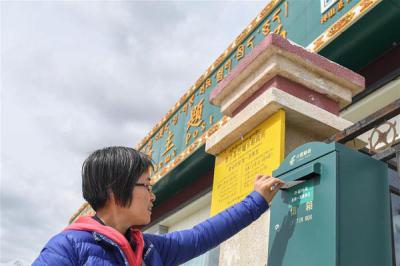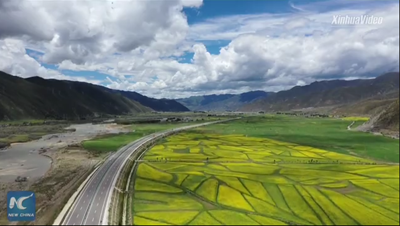Tibet's Opening-up Adhering the BRI and its Implications to the South Asian Region
(Nepal) RupakSapkota
China's engagement with South Asia is seen primarily in trade and investment as well as improving its linkages with South Asian states through economic agreement and bilateral cooperation. As a result, over the last decade, China has significantly transformed its relationships with South Asian countries —China is currently the largest trading partner of India, Pakistan and Bangladesh, and the second largest trading partner of Sri Lanka and Nepal. The economic cooperation and exchanges between China and South Asia have emerged as an enduring feature of their relationships. Especially, after the Belt and Road Initiative (BRI), this trend has been irreversible, and will further accelerate the cooperation among them. Against this backdrop, the connectivity among the countries in the region is at slowest pace and new paths for the vibrant economic activities remain elusive. Infrastructure connectivity is key for achieving sustainable development and shared prosperity. With unmet infrastructure needs, the upgrade and improvement of such infrastructure will definitely quest to extend and intensify the cooperation. The sub-regional cooperation is an inherent aspect of the BRI. Tibet has been serving as a valuable gateway for China to connect with South Asia throughout history. Moreover, China intends to add further pillar to its "Go West” policy through the BRI, hence it would able to cope with the huge potential of its ties with neighboring countries adjoining the Tibet Autonomous Region (TAR), namely Nepal, India, and Bhutan. Tibet itself has achieved tremendous socioeconomic development and acquired excellent infrastructure assiduously built up over decades, which would definitely possess comparative advantages to the 'Belt and Road' along with further accelerating the process of Tibet's opening-up and development. In this aspect, Tibet has a potentiality to act as a catalyst integrating region to achieve regional prosperity, as it may endeavor towards the greater regional cooperation. China's newfound prosperity, the deepening of its relationship through the BRI have all changed the South Asian dynamics in a significant way. South Asian countries in the midst of change, are seemingly seeking a balance between China and India and using these two large powers' economic capabilities to develop themselves rapidly. However, the long-term economic prospect is likely to impediment from the continuous geopolitical dynamics, thus China and South Asia jointly have to yield a different approach to mitigating geopolitical rivalries and seek to promote cooperation. RupakSapkota, Nepal
Secretary-General of Nepal Institute for
Strategic Studies
|
- Home
- News Tibet |Exclusive |China |World |Other Tibetan-Inhabited Area |Tibet through the Eyes of Foreigners |Related News
- Documents White Papers |Others
- Photo Politics |Economy & Society |Culture & Religion |Human & Nature |Beautiful Tibet |Other Tibetan-Inhabited Area |Exchanges |Related
- Video News |Documentary |Micro-Video |Entertainment
- Art
- Tourism
- In Focus
- About Tibet






